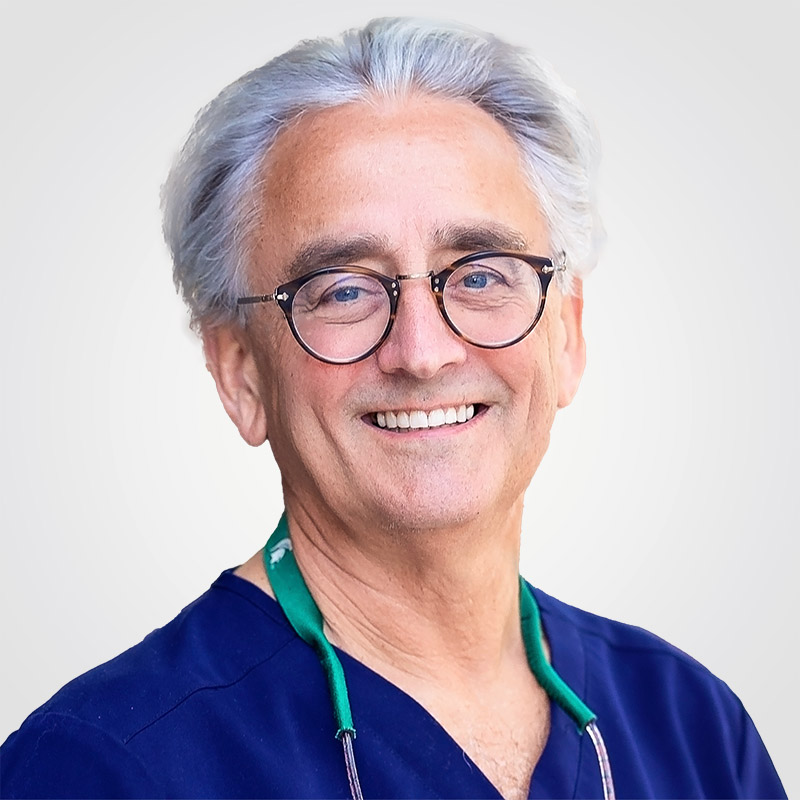Airway focused orthodontics is an approach to orthodontic treatment that emphasizes the importance of proper breathing and airway function, in addition to the traditional goals of straightening teeth and aligning the jaw. This approach recognizes the significant role that the airway plays in overall health and well-being, and seeks to address any issues related to breathing and sleep disorders that may be contributing to or causing orthodontic problems.
We start looking for signs of airway health problems in children as young as six months old. We start to treat diagnosed issues as early as 3 years old. It’s important to treat young children who are still developing, as early intervention can help promote proper growth and development, preventing future problems before they start, making future orthodontic treatment less invasive and far less traumatic for the child.
Airway-focused orthodontics is typically recommended for children with symptoms associated with airway health issues such as such as obstructive sleep apnea, snoring, or difficulty breathing through the nose. These children often have a narrow palate, a retruded chin, or a recessed maxilla, which can contribute to airway issues and obstructed breathing.
Airway issues in children can manifest in a variety of ways, and the signs and symptoms can be different from child to child. Here are some common signs and symptoms that may indicate an airway issue in children:
Airway focused orthodontics typically involves a comprehensive evaluation of a child’s airway, breathing, and sleep patterns, which may include an assessment of the size and shape of the nasal passages, pharynx, and other structures that affect breathing.
It involves using orthodontic appliances and techniques designed to promote proper growth and development of the upper and lower jaws, as well as to expand the dental arches, which improve oral posture and breathing patterns.
Unlike traditional orthodontics, we recommend a two-phase approach to treating children requiring orthodontic services. In the first phase, we will recommend an expansion of the child’s jaw through the use of orthodontic appliances like expanders. The results will allow room for the child’s teeth to erupt without crowding. The second phase is devoted to straightening. Each case is different, but further treatment may include braces, sleep devices, or other interventions.
To comprehensively address the challenges associated with airway obstruction, we recommend considering myofunctional (speech) therapy or sleep apnea treatment to promote overall health.
The goals of addressing airway issues include:
This place is the best! It’s like a big happy family into which you are instantly adopted the moment you step through the door. As an acupuncturist and holistic medicine practitioner, I am a discerning critic of most medical businesses — it takes a lot to win my trust. But I have complete faith that my daughter is in the best hands here. They won’t let me walk out the door until all of my questions are answered, and the expression on my face communicates 100% satisfaction. They have invested their time and energy into decades of research, education, and building relationships. They bridge distinct fields of science and medicine to create a complete and integrated picture of the human body rather than the common practice of treating the mouth as independent and separate from the rest of our anatomy. It is precisely this integrated technique that won me over. That and their Beatles obsession.

Prior to receiving his specialty license in pediatric dentistry from the University of Iowa, he earned an MSc degree from Michigan State University in Human Nutrition and Dietetics. His graduate research interests centered around the impact of commercially-processed foods on dental health and body weight. His Nutrition background has served as a great foundation for the specialty practice of Pediatric Dentistry given that many oral health problems are often associated with unhealthy eating; dental caries (cavities) and early periodontal (gum) inflammation (gingivitis) are two of the most common problems associated with unhealthy snacking behaviors.
Dr. Boyd has extensive training and clinical experience in performing risk assessment, diagnosing, and treating very young children who present with non-self-correcting malocclusions with possibly-associated sleep and breathing difficulties.
He lectures worldwide on the topics of Early Childhood Malocclusion (under 72 months), pediatric sleep breathing hygiene, and the newly emerging healthcare discipline of Evolutionary Oral Medicine, also often called Darwinian Dentistry.
He is married and has two adult daughters. When not working, he enjoys tennis, skiing and sailing.